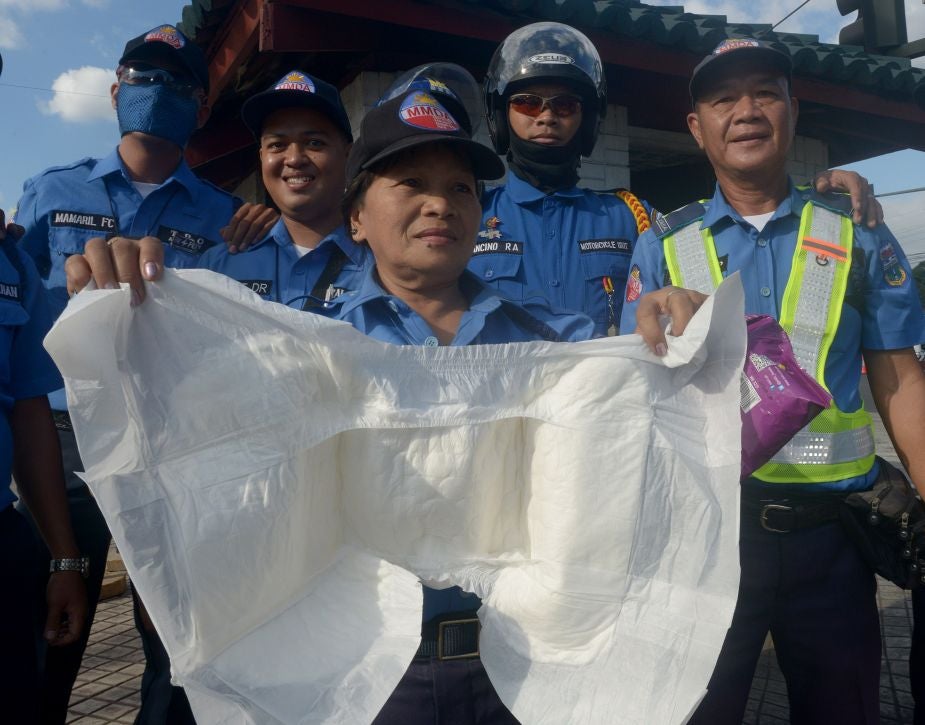Traffic officers in Manila forced to wear nappies for Pope's visit
Officials in Manila feared that the lack of portable toilets might impact on officer's ability to carry out their work

Traffic officers in the Philippines’ capital, Manila, were made to wear adult-sized nappies after fears that the stewarding for the visit of the Pope Francis would be jeopardised by the city’s lack of portable toilets.
In videos taken during the Pope’s visit on Sunday, hundreds of traffic officers were seen on duty barelegged and clad in the nappies, while wearing regular police attire on the top halves of their bodies.
The decision came on 6 January, when the Metropolitan Manila Development Authority announced that 2,000 of Manila’s traffic enforcers would be made to wear the nappies after officials believed that the lack of portable toilet facilities at the event might hinder the traffic officers’ ability to steward the massive crowds expected for the pontiff’s visit.
Speaking on 7 January, Francis Tolentino, Chairman of the MMDA said: “If you attend an event that will last for 24 hours, you cannot go around looking for a (portable lavatory).”
Tolentino also advised other visitors to consider wearing the nappies, including priests, nuns and the elderly.
It was estimated that nearly 6million people braved terrible weather conditions for a chance to see Pope Francis in the first visit by a Pope to Asia’s most Roman Catholic nation since 1995.
In the former Spanish colony, 80 per cent of the country’s 100 million people follow the Roman Catholic faith.
The visit to Manila was the final stage of the Pope’s Asian tour that saw him visit Sri Lanka three days last week.
Pope Francis spent the last four days in the Philippines’, visiting the country’s largest cities, as well as the areas worst hit by the Typhoon Haiyan that devastated large parts of the country in 2013.
Subscribe to Independent Premium to bookmark this article
Want to bookmark your favourite articles and stories to read or reference later? Start your Independent Premium subscription today.

Join our commenting forum
Join thought-provoking conversations, follow other Independent readers and see their replies